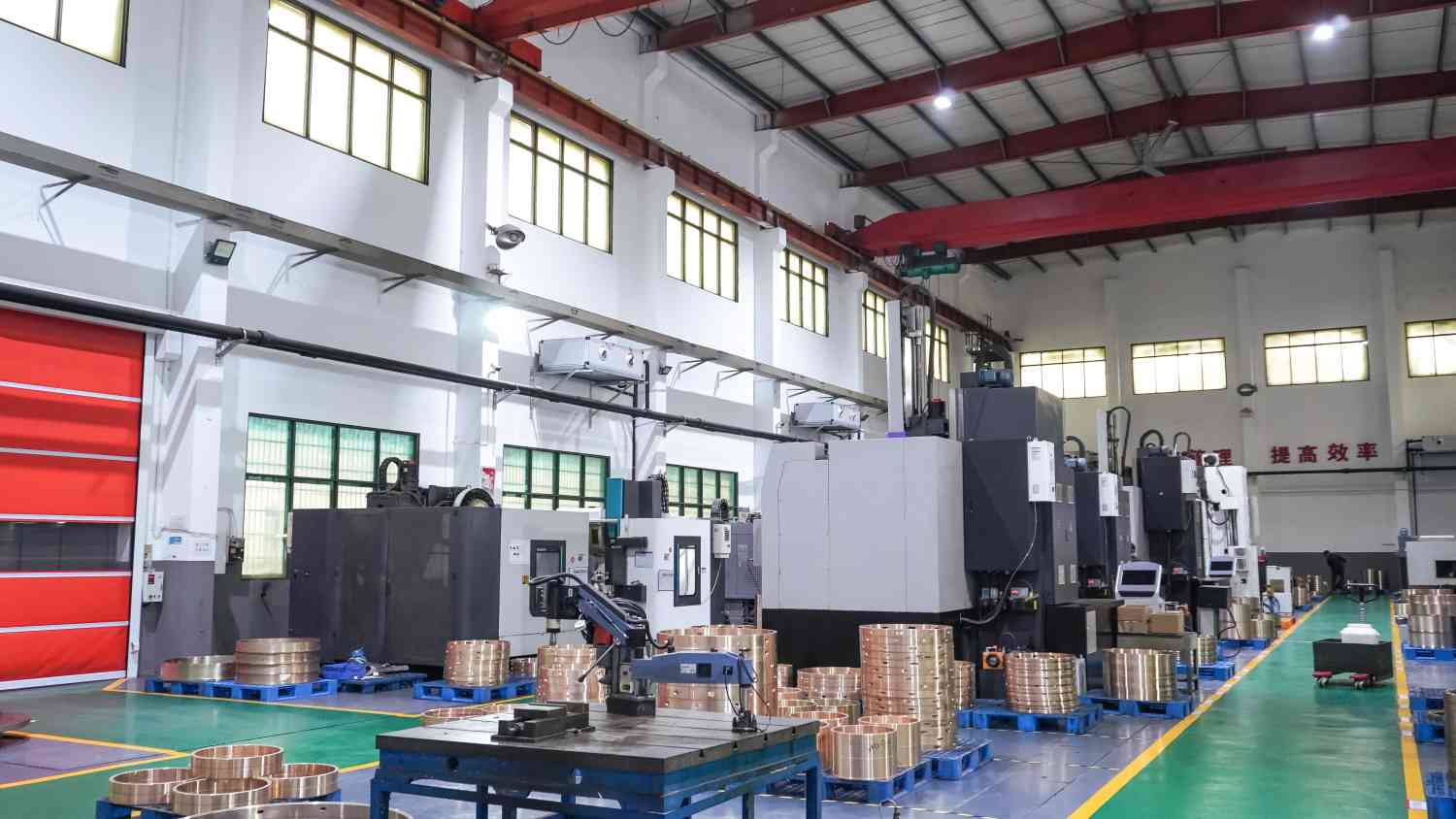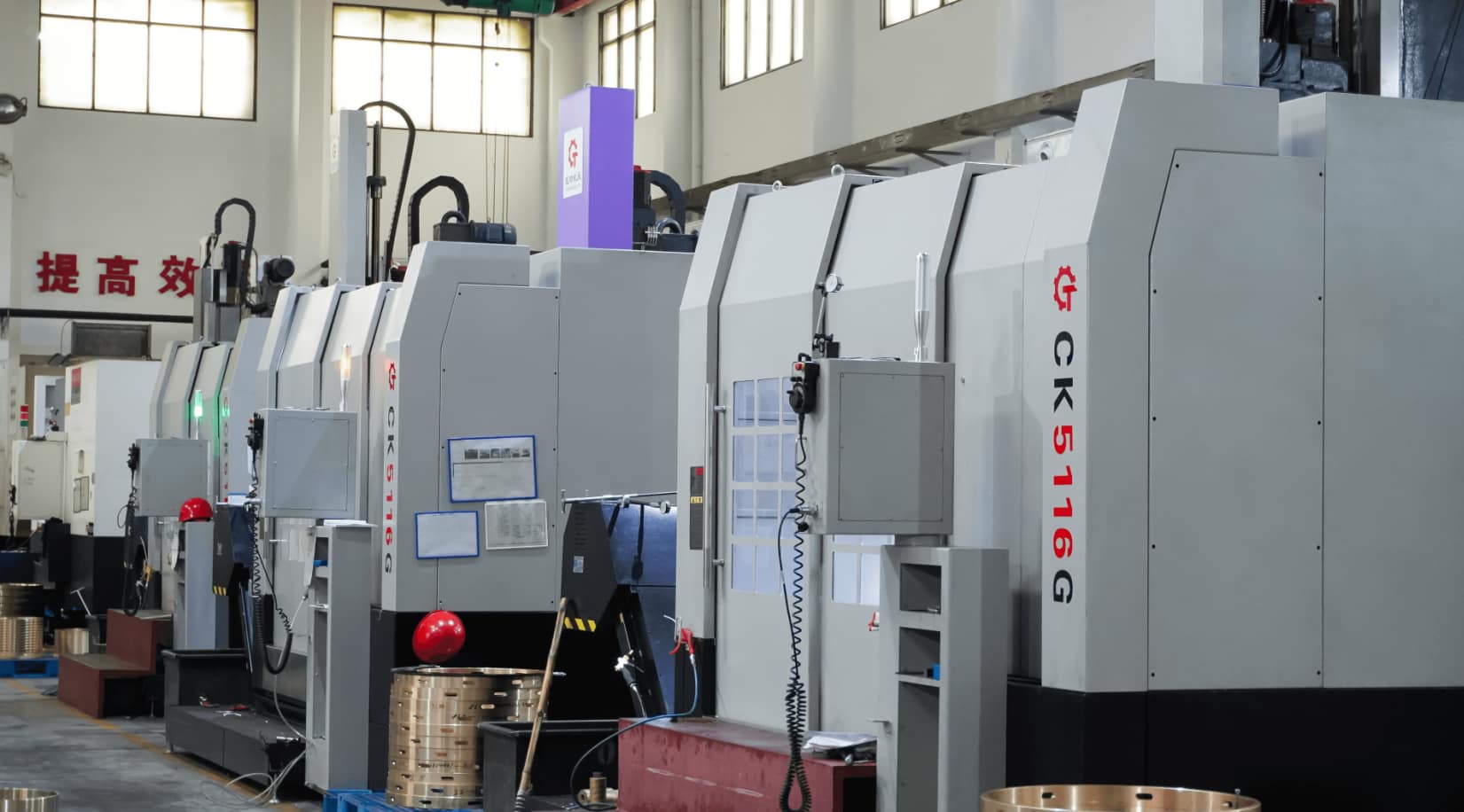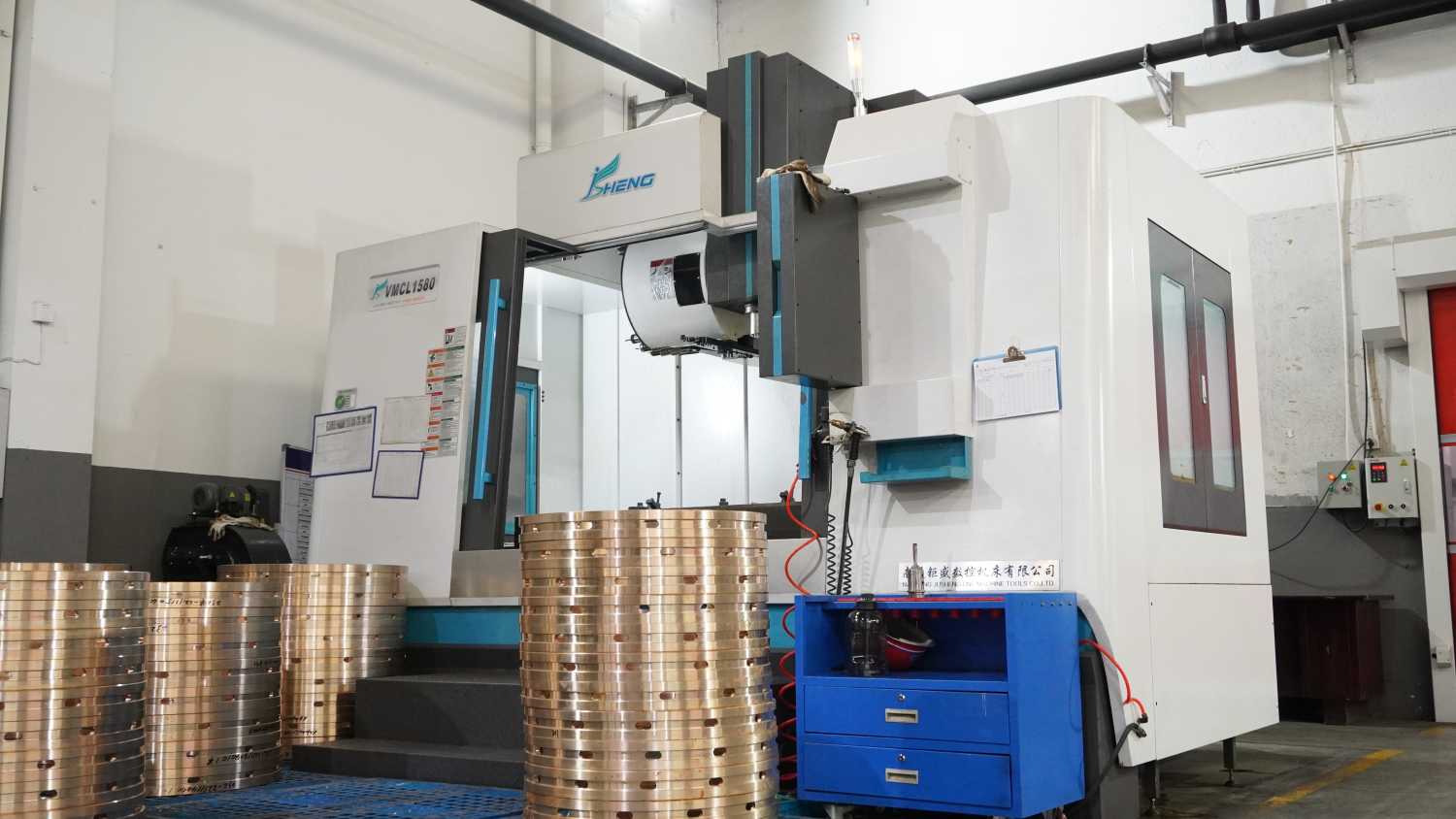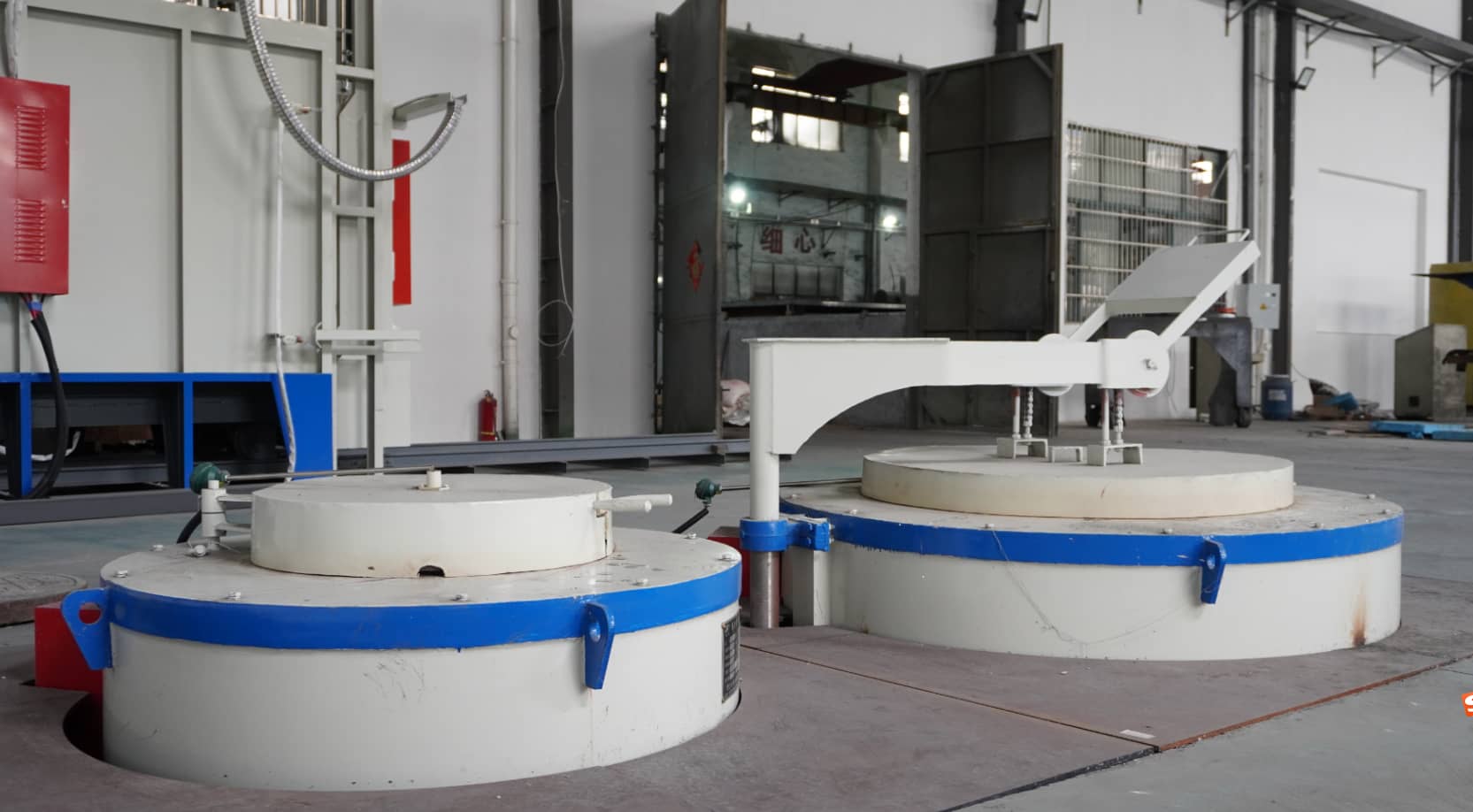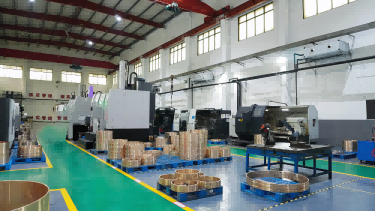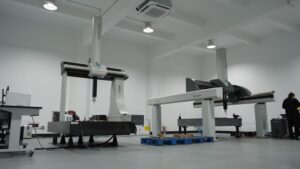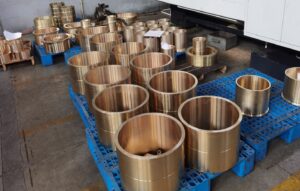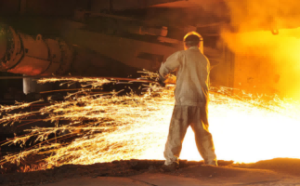Fatigue test can predict the fatigue strength of materials or components under the action of alternating loads, generally the cycle time of this type of test is longer, the required equipment is more complex, but because of the general mechanical tests such as static tensile, hardness and impact tests, are not able to provide the performance of the material in the repeated action of the alternating load, so for the important zero component fatigue test is necessary.
Some common test methods for fatigue testing of metallic materials usually include single point fatigue test method, elevation method, high frequency vibration test method, ultrasonic fatigue test method, infrared thermal imaging technology fatigue test method, and so on.
Single point fatigue test method
It is applicable to metallic material components in service under rotating bending load conditions at room temperature, high temperature or in corrosive air.
This method can approximate the fatigue curve and roughly estimate the fatigue limit when the number of specimens is limited.
The fatigue testing machines required for the test are generally bending fatigue testing machines and tensile testing machines
Lifting method fatigue test method
Elevation method fatigue test is to obtain the fatigue limit of metal materials or structures, a more commonly used and accurate method, in the conventional fatigue test methods to determine the fatigue strength of the basis or in the specified life of the material or structure fatigue strength can not be directly determined by the test, generally use the elevation method fatigue test indirect determination of fatigue strength.
Mainly used for the determination of the fatigue strength of materials or structures in the middle and long life area of the random characteristics. The required testing machine is generally a tensile and compressive fatigue testing machine.
High frequency vibration fatigue test method
Conventional fatigue test in the alternating load frequency is generally lower than 200Hz, can not accurately measure the fatigue damage of some parts in the high-frequency environment.
High-frequency vibration test using test equipment containing cyclic load frequency of 1000Hz or so characteristics of the alternating inertial force acting on the fatigue specimen, can meet the high-frequency, low-amplitude, high-cycling environmental conditions under the fatigue performance of metal materials in service research.
High-frequency vibration test is mainly used for military and civil mechanical engineering needs. The test device usually includes: controller, charge adapter, power amplifier, accelerometer, vibration table and so on.
Ultrasonic fatigue test method
Ultrasonic fatigue test is an accelerated resonance type fatigue test method, whose test frequency (20kHz) far exceeds the conventional fatigue test frequency (less than 200Hz).
Ultrasonic fatigue test can be conducted under different load characteristics, different environments and temperatures, etc., providing a good means for fatigue research.
Ultrasonic fatigue test is generally used for ultra-high circumferential fatigue test, mainly for more than 10^9 weeks fatigue test.
In high circumference fatigue, the material macroscopically mainly behaves elastically, so the elastic relationship of stress, strain and other parameters is used in the damage ontology relationship to deal with the stress, strain and other covariates, and does not involve the microplasticity.
Infrared Thermal Imaging Fatigue Test Methods
To shorten the test time and reduce the test cost, the energy method has become one of the important methods for fatigue test research.
Fatigue of metal materials is a process of energy dissipation, and temperature change is the study of fatigue process energy dissipation is extremely important parameter.
Infrared thermal imaging technology is a wavelength conversion technology, that is, the target’s thermal radiation is converted to visible light technology, the use of the target’s own parts of the difference between the thermal radiation to obtain two-dimensional visual image, with computer image processing technology and infrared temperature calibration technology, to achieve the object surface temperature field distribution of the display, analysis, and accurate measurement.
The materials used in the test are usually galvanized surface, normalized metal materials, in order to increase the specific emissivity of the metal surface, the test is usually coated with a very thin layer of infrared transmittance coating on the surface of the specimen.
